
One of the most important factors in buying and using modern knives is picking a blade steel that suits your needs. In today’s market there are dozens of blade steel options out there, and while they are far superior to the archaic steels used in the past (we even have "super steels" nowadays), each steel type has advantages and disadvantages that the end user should understand to make the most out of their knife.
Steel Types
For the purposes of this article I will break steel types into 4 main types: stainless, tool, exotic, and Damascus.
Stainless steels are most commonly found in folding knives and fixed blades and are designed to have higher levels of rust and corrosion resistance.
Tool steels, also referred to as high carbon steels, have higher carbon contents than stainless steels and are more susceptible to rust and corrosion. Fortunately, KPL offers two exceptional food safe options to help protect these steels from corrosion: Knife Shield and Camellia oil.
Exotic steels are not widely used and typically have a very specific purpose. Although these steels are not as common or well-suited for many cutting tasks, many people do love them.
Damascus steels are an interesting and popular steel type. They are actually blends of multiple steels that are folded during the forging process, creating visually striking patterns in the finished product. They're usually a blend of high carbon and stainless steels, and more recently have started to include copper. Though many of these blends are aesthetically pleasing, inexpensive options are rarely very functional. If you're looking for a high quality Damascus steel knife that performs as great as it looks, you can expect a pretty significant price tag.
Steel Properties: Edge Retention, Sharpening, Toughness, and Corrosion Resistance
The factors to consider when evaluating steel performance are edge retention, ease of sharpening, toughness, and corrosion resistance.
Edge retention - Simply stated this is how well a steel will hold a functional edge through normal usage before needing sharpening.
Ease of sharpening - This is an indicator of the difficulty of returning your knife edge to a sharp and functional edge. Check out our article all about knife sharpening for more info on this topic!
Toughness - This is how resistant your knife will be to edge chipping and breakage.
Corrosion resistance-This is how resistant a knife steel is to rust and pitting.
There is no such thing as a perfect blade steel, and there is almost always a trade-off in an area where a given steel may excel. This is why they are so many different steels on the market!
Each user is going to favor different factors depending on their intended use. Let’s dive into some of the different types of steel to help you find what is best for you. While this list does not cover every possible steel, these are the most common steels you'll find in the vast majority of knives.
Stainless Steels
Stainless steels include rust-resistant components to help reduce corrosion and staining from storage, carry, and use. Although these steels are very resistant to rust and staining, stainless does not mean stain-proof, and even stainless steels will rust if exposed to corrosive elements or are not properly maintained.
420 Steels
Steel in the 420 family have been used for knives for quite some time and are very common in budget blades.
Price: Budget
Edge Retention: Very Low
Ease of Sharpening: High
Toughness: High
Corrosion Resistance: High
440A
This is another steel commonly found in budget knives. It offers better edge retention than the 420 series but has lower toughness.
Price: Budget
Edge Retention: Low
Ease of Sharpening: High
Toughness: Low
Corrosion Resistance: High
440C
This was designed as an upgrade to 440A - the addition of higher carbon content increases edge retention.
Price: Budget
Edge Retention: Mid
Ease of Sharpening: Mid
Toughness: Low
Corrosion Resistance: High
8Cr13MoV
A budget-friendly steel made in China, very commonly found on budget-priced knives.
Price: Budget
Edge Retention: Low
Ease of Sharpening: High
Toughness: Mid
Corrosion Resistance: Mid

14C28N
A Swedish-made steel in the higher end of the budget category.
Price: Budget
Edge Retention: Low
Ease of Sharpening: High
Toughness: Very High
Corrosion Resistance: Very High
AUS-8
A Japanese-made steel commonly used in budget knives.
Price: Budget
Edge Retention: Low
Ease of Sharpening: High
Toughness: Mid
Corrosion Resistance: Mid
N690
A budget oriented Swedish-made steel that's been recently increasing in popularity.
Price: Budget/ Mid
Edge Retention: Mid
Ease of Sharpening: Mid
Toughness: Low
Corrosion Resistance: High
VG-10
A Japanese steel, commonly used in kitchen and folding knives.
Price: Budget/Mid
Edge Retention: Mid
Ease of Sharpening: Mid
Toughness: Low
Corrosion Resistance: High
AEB-L and Nitro-V
AEB-L is a favorite of custom knife makers who want carbon steel performance in a stainless steel. Nitro-V is an upgraded version boasting increased edge retention.
Price: Budget/Mid
Edge Retention: Low/Mid
Ease of Sharpening: High
Toughness: Very High
Corrosion Resistance: High
154CM
A US-made steel by Crucible Industries, commonly used in mid-range knives.
Price: Budget/Mid
Edge Retention: Mid
Ease of Sharpening: Mid
Toughness: Low
Corrosion Resistance: Mid
CPM154
Very similar to 154CM but made with particle metallurgy, and boasts increased toughness.
Price: Mid
Edge Retention: Mid
Ease of Sharpening: Mid
Toughness: Mid
Corrosion Resistance: Mid
CTS-XHP
A US-made steel by Carpenter Technology, a great all-around steel used in mid-range and higher-end knives.
Price: Mid/High
Edge Retention: Mid
Ease of Sharpening: Mid
Toughness: Mid
Corrosion Resistance: Mid
Elmax
A Swedish-made steel used in mid-range and higher-end knives.
Price: Mid/High
Edge Retention: Mid
Ease of Sharpening: Mid
Toughness: Low
Corrosion Resistance: High

S30V
A very popular US-made steel made by Crucible using particle metallurgy. Commonly used in higher-end knives.
Price: Mid/High
Edge Retention: Mid/High
Ease of Sharpening: Mid
Toughness: Low
Corrosion Resistance: High
S35VN
One of the most popular blade steel in higher-end folding knives. This steel was designed by Chris Reeve and is produced by Crucible.
Price: High
Edge Retention: Mid
Ease of Sharpening: Mid
Toughness: Mid
Corrosion Resistance: High
S45VN
This is a newer steel made by Crucible. It an upgraded version of S35VN with better corrosion resistance and edge retention but lower toughness.
Price: High
Edge Retention: Mid/High
Ease of Sharpening: Mid
Toughness: Mid/Low
Corrosion Resistance: Mid/High
M390, CTS-204P, and 20CV
Though these steels are made by 3 different companies they are essentially the same steel. These are the current front runners in high-end and premium knife steels.
Price: High
Edge Retention: High
Ease of Sharpening: Low
Toughness: Low
Corrosion Resistance: Very High
Magnacut
The newest and hottest steel on the market, this steel made by Crucible was designed specifically for knives and performs very high in most areas.
Price: High
Edge Retention: Mid/High
Ease of Sharpening: Mid
Toughness: High
Corrosion Resistance: Very High
Tool Steels
Tool steels are typically known for their high carbon content and high ratings in toughness. They're typically used in hard-use outdoor blades, hard-use folders, and custom knives.
O1
A very common low-cost steel that has been used for many decades. Very popular in hard-use outdoor knives.
Price: Budget
Edge Retention: Very Low
Ease of Sharpening: Very High
Toughness: Mid
Corrosion Resistance: Very Low
A2
A low-cost steel that is very popular among custom and handmade knife makers.
Price: Budget
Edge Retention: Low
Ease of Sharpening: Very High
Toughness: High
Corrosion Resistance: Low

1095
A popular steel for outdoor knives due to the very high level of toughness. It is used by production and custom makers.
Price: Budget
Edge Retention: Very Low
Ease of Sharpening: Very High
Toughness: Very High
Corrosion Resistance: Very Low
D2
This is considered a semi-stainless steel and is budget oriented. It is commonly found in both folders and fixed blade knives.
Price: Budget
Edge Retention: Mid
Ease of Sharpening: Mid
Toughness: Mid
Corrosion Resistance: Mid
52100
A very common steel that was originally used to produce ball bearings, it is known for its toughness and is used in hard-use blades.
Price: Mid
Edge Retention: Low
Ease of Sharpening: Very High
Toughness: Very High
Corrosion Resistance: Very Low
3V
3V is made by Crucible and is considered to be a premium tool steel due to having high toughness, good edge retention, and corrosion resistance. This is used in higher-end outdoor knives
Price: High
Edge Retention: Mid
Ease of Sharpening: High
Toughness: Very High
Corrosion Resistance: Mid
4V
Made by Crucible, 4V is a solid all-around performer.
Price: Mid
Edge Retention: Mid
Ease of Sharpening: Mid
Toughness: Mid/High
Corrosion Resistance: Low
M4
An expensive steel produced by Crucible, this is a popular choice in hard-use folding knives.
Price: Very High
Edge Retention: Very High
Ease of Sharpening: Low
Toughness: High
Corrosion Resistance: Low
CruWear
A premium steel produced by Crucible, commonly used in folders and fixed blades.
Price: High
Edge Retention: High
Ease of Sharpening: Mid
Toughness: Mid
Corrosion Resistance: Mid
Exotic Steels
Steels falling into this category will either be highly specialized, very expensive, or not widely used. This does not mean they do not have a place in the industry, in fact many of them are wildly popular among consumers.
H1
A Japanese steel that is nearly rust-proof and incredibly tough, but with poor edge retention.
Price: Mid
Edge Retention: Very Low
Ease of Sharpening: Very High
Toughness: Very High
Corrosion Resistance: Very High
LC200N
A premium German-made steel that is also nearly rust-proof, and has slightly less toughness but higher edge retention than H1.
Price: High
Edge Retention: Low
Ease of Sharpening: High
Toughness: High
Corrosion Resistance: Very High

K390
A Swedish-made steel known for its excellent edge retention. Although it's not very common it is used in many Spyderco models.
Price: High
Edge Retention: Very High
Ease of Sharpening: Low
Toughness: Mid
Corrosion Resistance: Low
S90V and S110V
Crucible steels known for high edge retention and corrosion resistance. Though not very common, it is primarily used by Benchmade and Spyderco.
Price: High
Edge Retention: Very High
Ease of Sharpening: Very Low
Toughness: Low
Corrosion Resistance: Very High
ZDP-189
A Japanese steel known for incredible edge retention. Unfortunately, it scores low in every other area.
Price: High
Edge Retention: Very High
Ease of Sharpening: Low
Toughness: Very Low
Corrosion Resistance: Mid
What's your go-to knife steel? Is your favorite knife steel in this list? Comment down below, and don't forget to use code "BLACKFLAG" at checkout for 10% off your purchase!


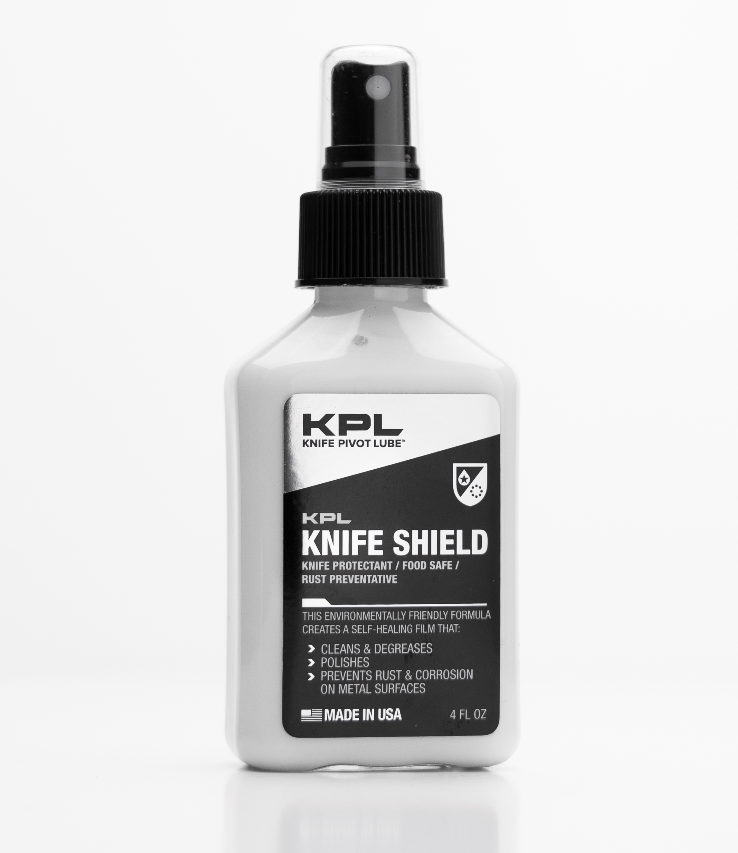
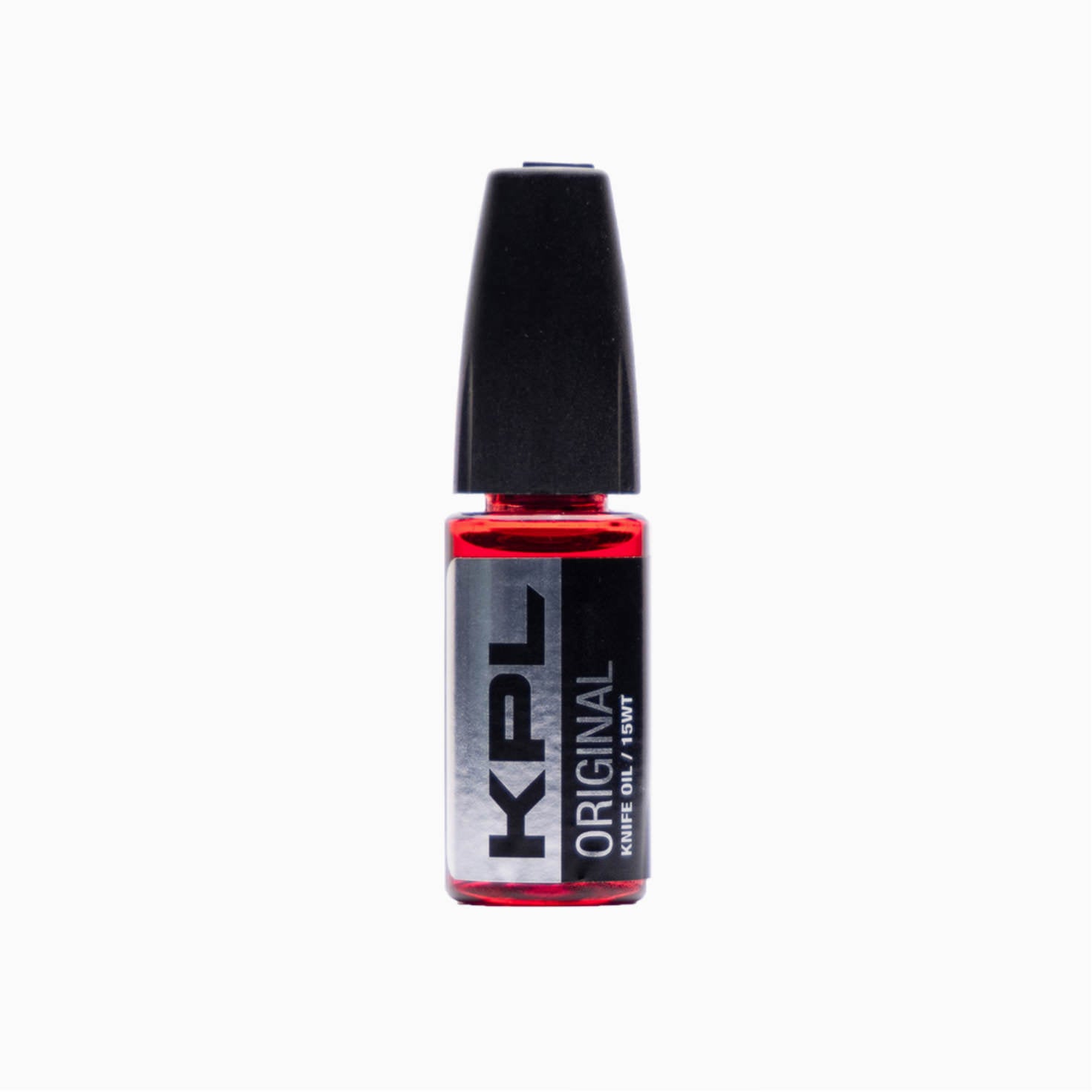

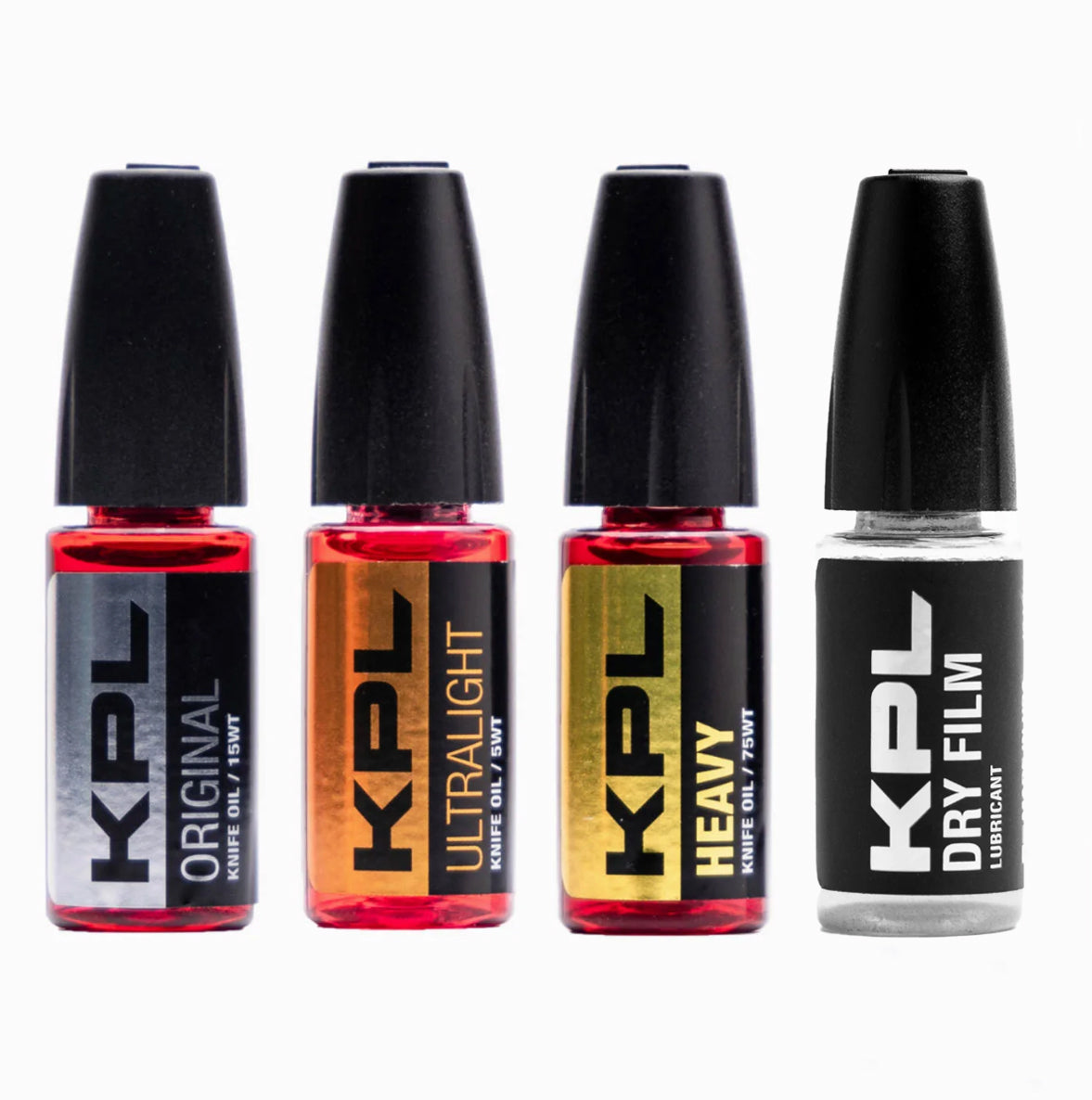
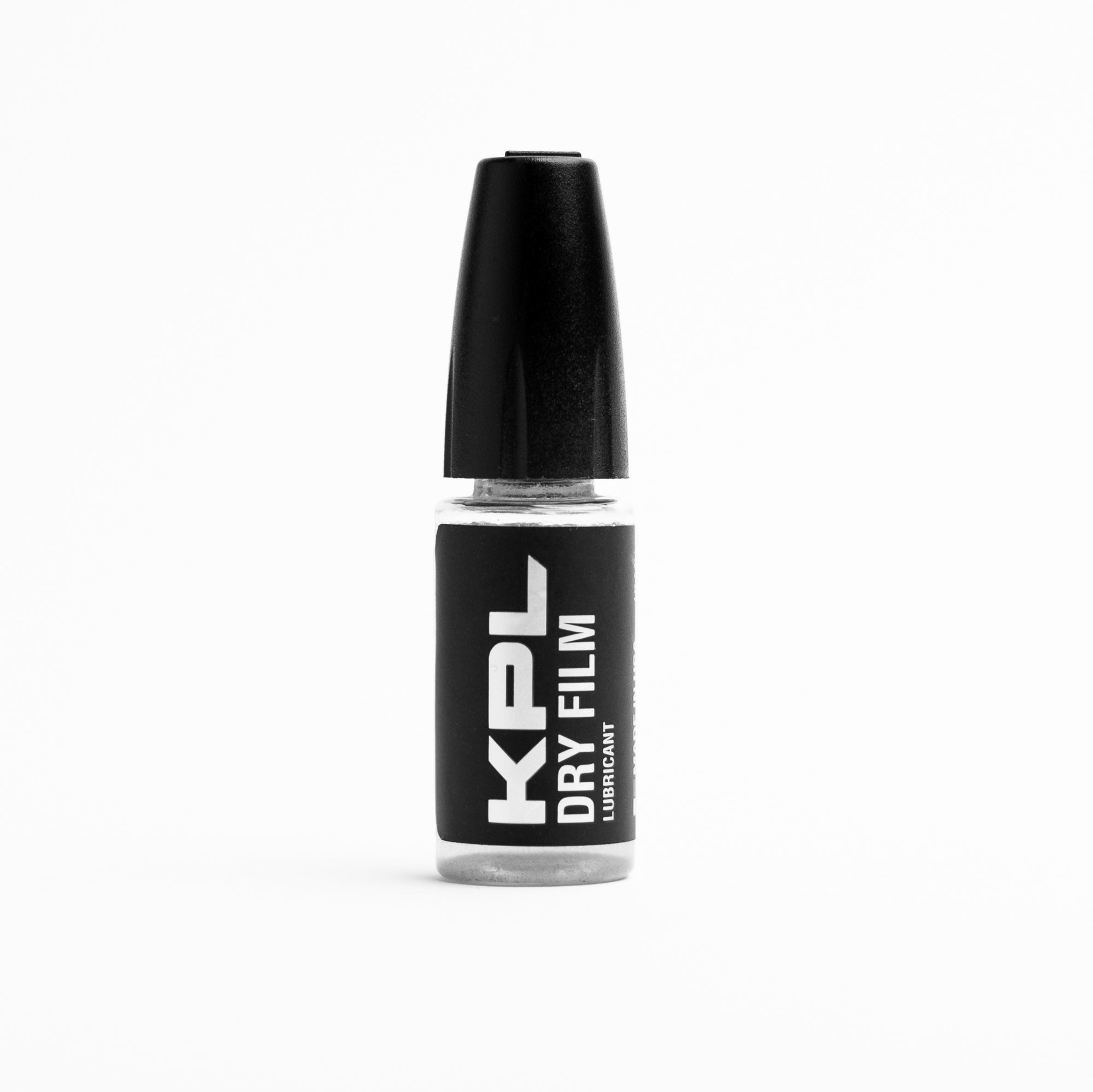
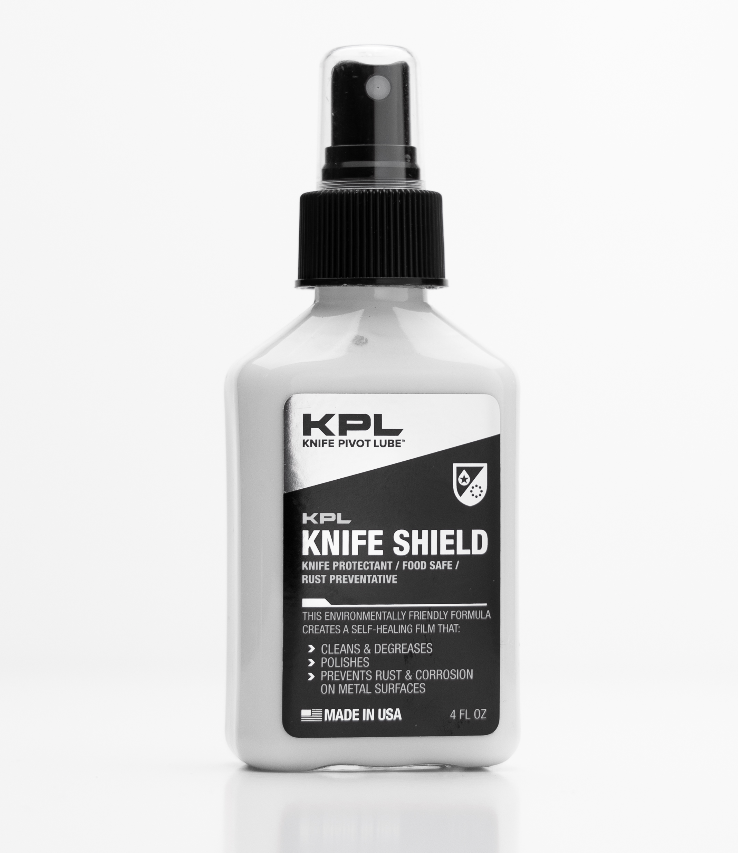
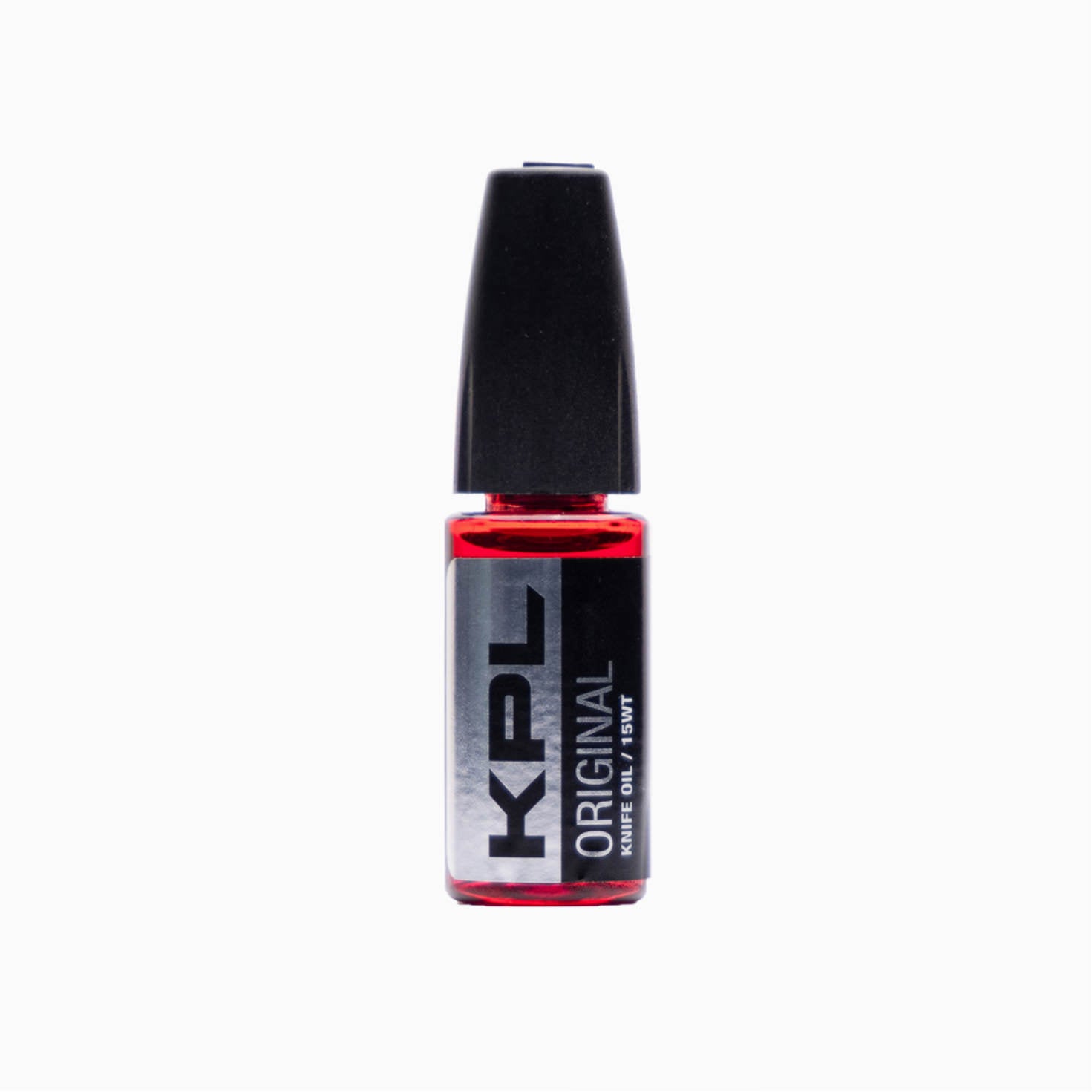
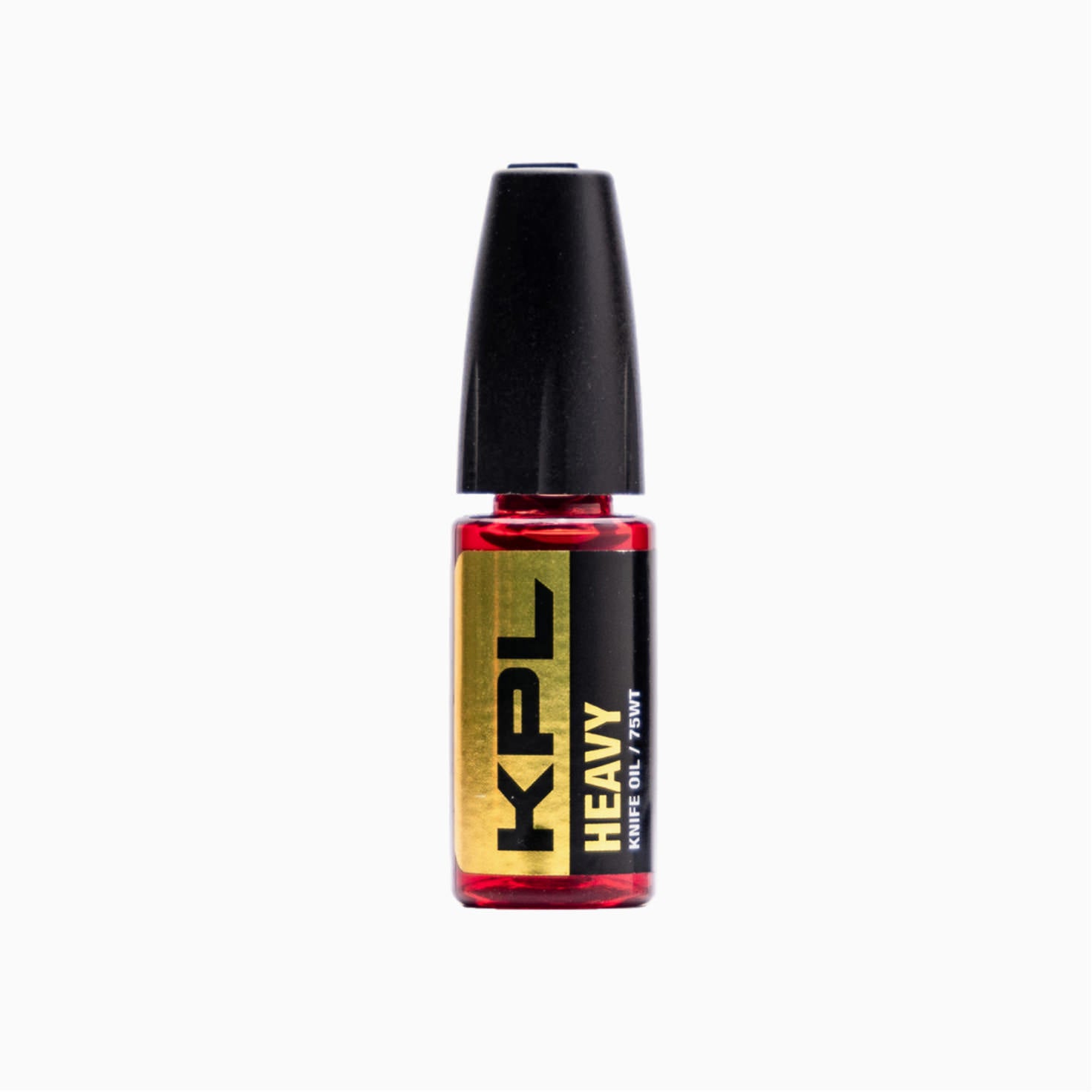
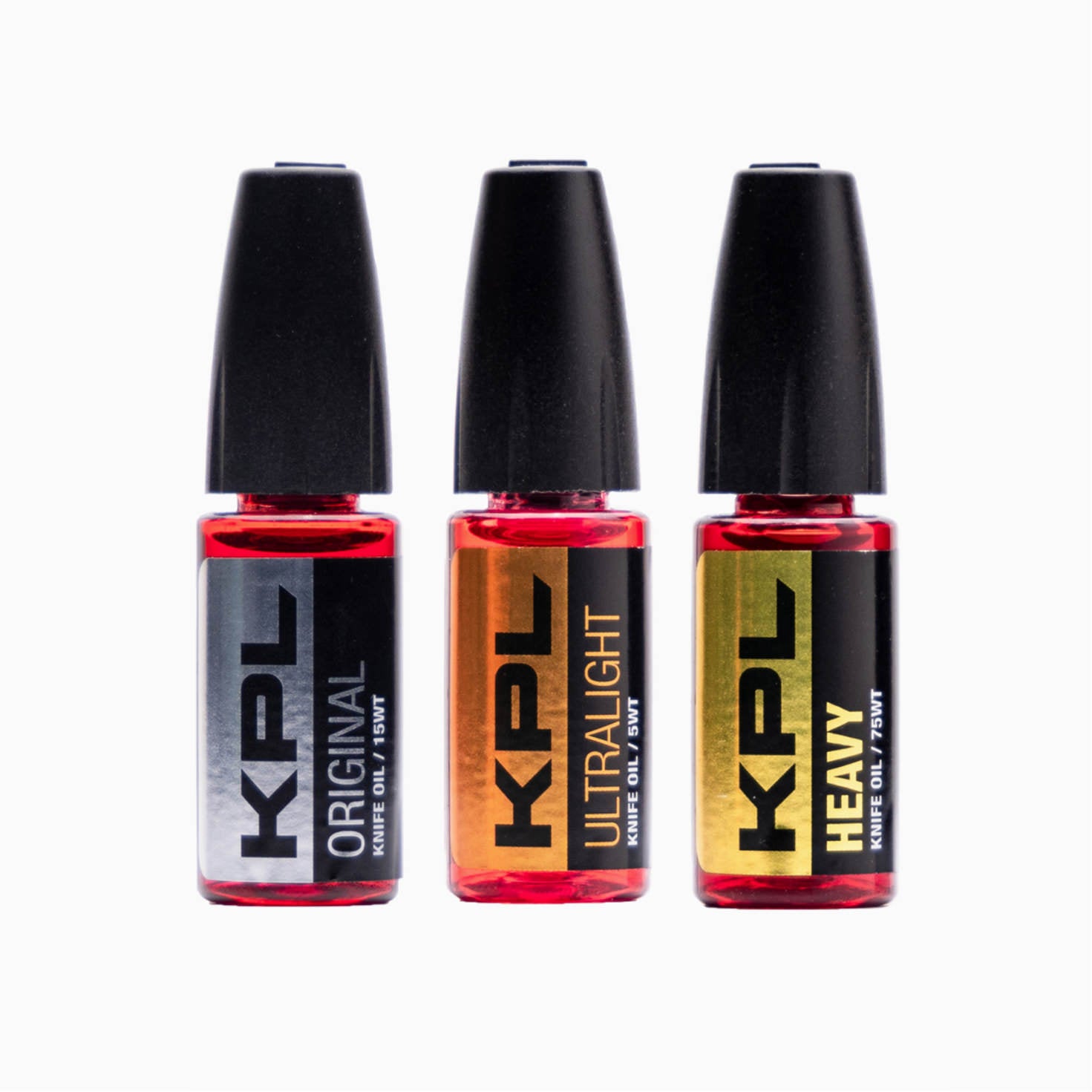
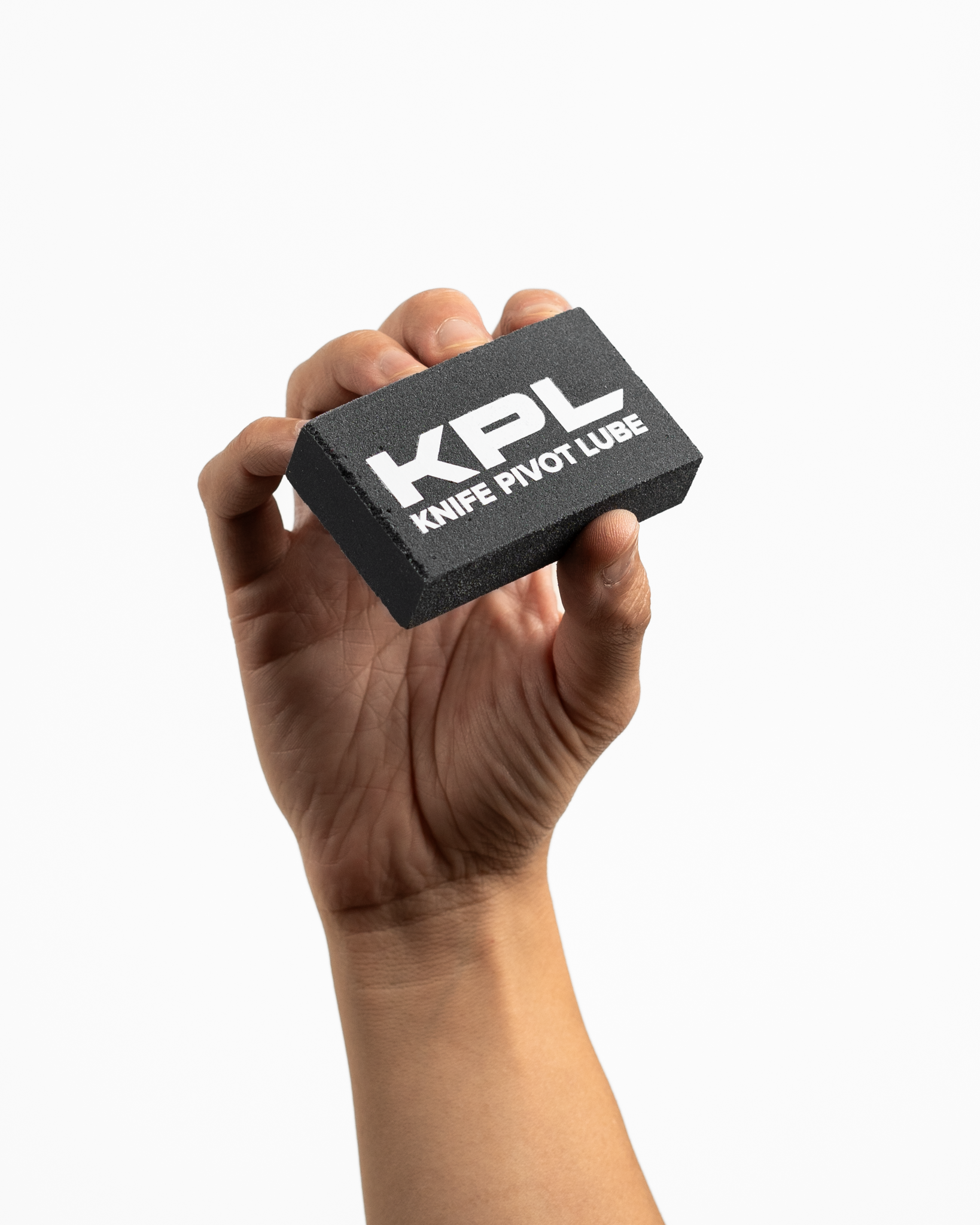
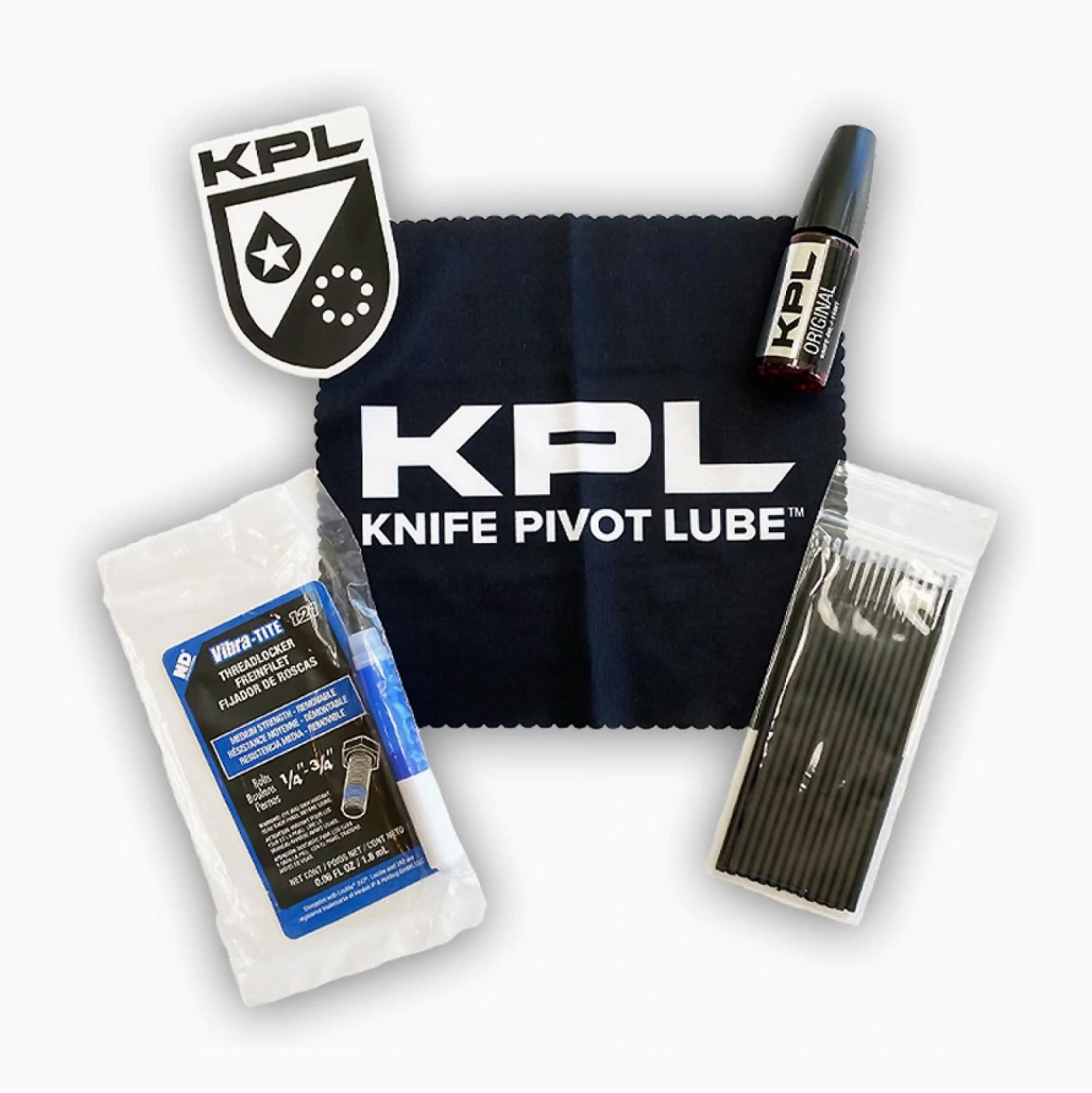
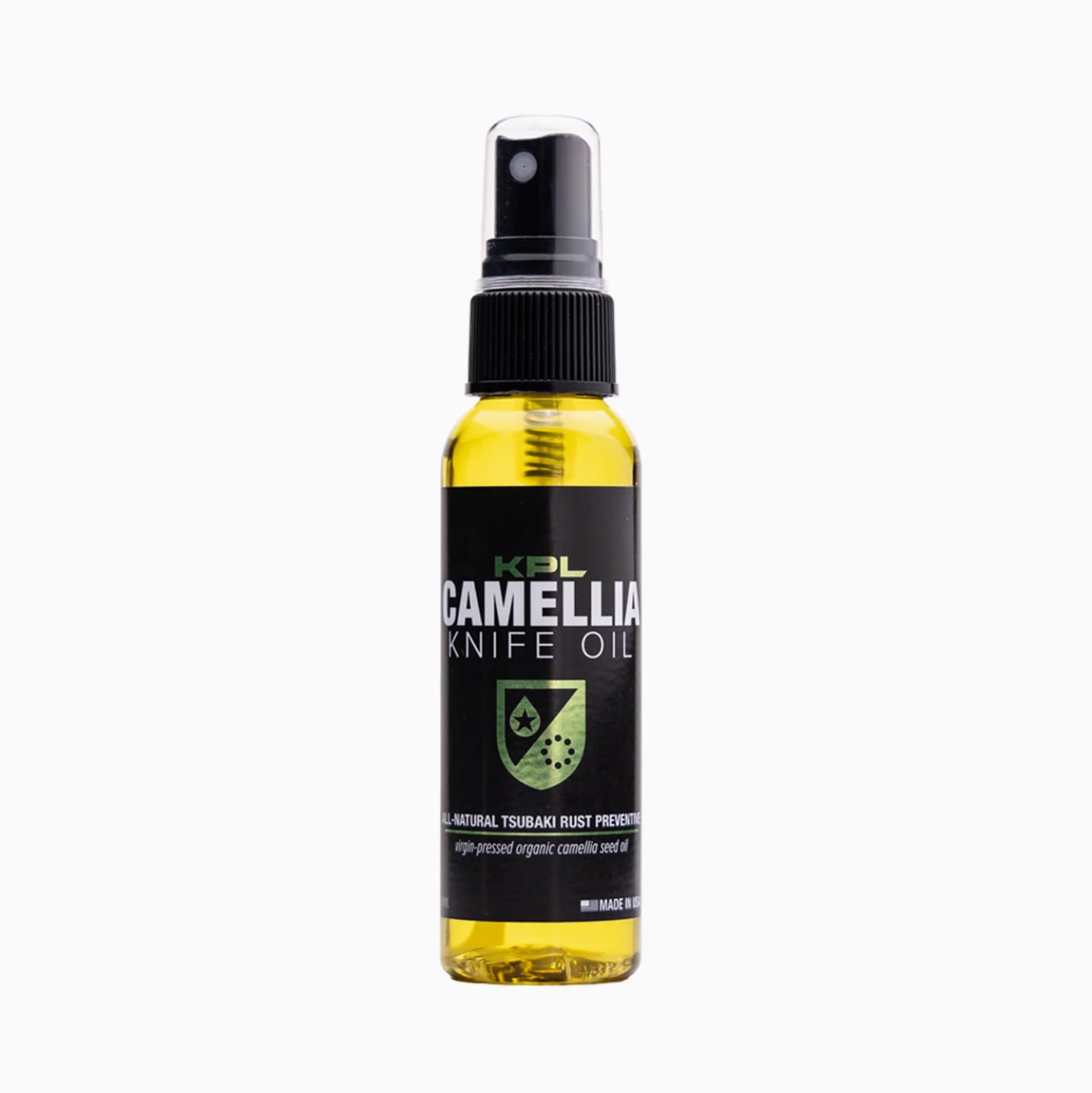


Comments
hamid said:
I am a knife maker and I want to use metal to make knives. I want this metal in its raw form. That is, I have this question in the form of a whole page, how much does this metal cost, for example, in the dimensions of 1 meter by 1 meter?
Please reply. Thanks
James Couling said:
What a superb article, easy to read yeah full of info, I’ll be saving to my phone for a reference guide when I buy my next knife, thanks very much.
Olivia Zoey said:
I found this blog very informative, Keep up the good work. Hotel Supplies in Dubai.